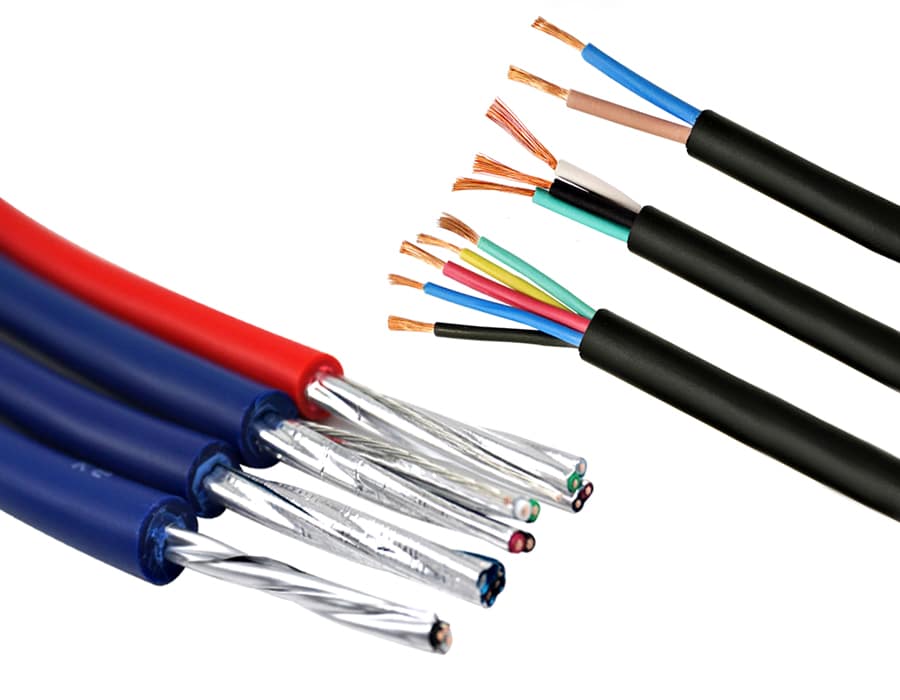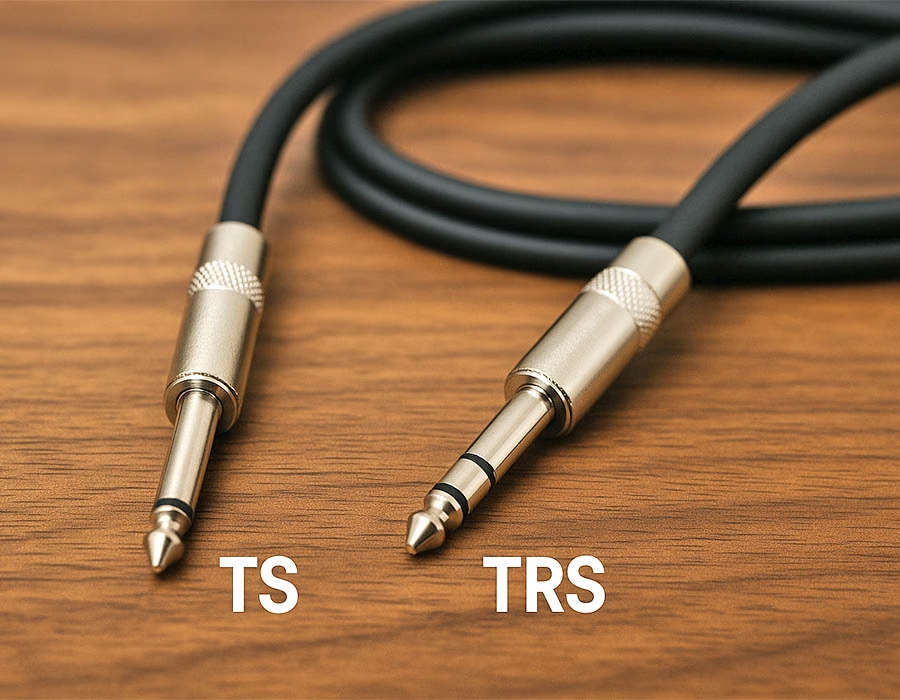
Waterproof cables are essential for many applications where moisture exposure and water immersion are standard features. Designed for protection against water penetration, these cables help avoid shutting down electrical systems and ensure their effective and safe functioning in wet conditions. This paper aims to illuminate the key characteristics of waterproofing cables, their benefits and applications, and the types and classifications of such systems based on the level of their water protection.
Waterproof Cables: What Are They?
Waterproof or water-resistant cables are multi-conductor cables designed to operate in wet or aquatic environments. They can handle various types of water, including saltwater, freshwater, or chlorinated pools. Due to their peculiar design and manufacturing techniques, these cables can be submerged underwater at different depths. As the components used for manufacturing these types of cables are resistant to water, they remain protected from moisture and water penetration, ensuring their effective functioning and operation at all times.
Benefits
Several benefits can be singled out from the use of waterproof cables in moist or wet environments:
- Reliability: The application of waterproof cables prevents the movement or transition of moisture, ensuring the systems’ unabated functioning.
- Safety: protecting cable control electronics from exposure to water risks and thus reducing hazards related to electrical issues;
- Durability: since the parts of waterproof cables are designed to prevent penetration of any leaks, the lifespan of these cables is increased and extended.
Applications
These cables are widely used in several sectors:
- Military cables: for equipment used in inclement and wet weather;
- Pressure Sensor Equipment: in environments with pervasive moistness;
- Oil and Gas Refineries: exposed to water and moisture at the facility;
- Fire Alarm Systems: in environments partially subjected to water.
Romtronic’s Special Waterproof Cables
- Custom Solution Cables
- Unique and application-specific
- Low Minimum Quantity
- Suited to low-volume needs or feasibility testing needs
- Competitive lead times
- Custom requests ship in the time it takes to do a stock order
- Technical support available
Materials Used
Waterproof cable jacket materials such as PE or PVC.
Waterproof cables feature water-blocking tapes, gels, or fillers installed in the cable’s structure so that it resists water and remains insulated. Connectors and terminals with water-blocking materials that do not corrode allow the cable to be used in water for a long time. Therefore, corrosion-resistant metallic components in connectors or terminals provide a longer life of waterproof cable in a wet environment. In addition, using a flexible insulating material, such as ethylene propylene rubber or cross-linked polyethylene, ensures the waterproof cable is not moved and not shaken, so it does not break down in the case of a fault.
Technical Specifications
Different types of waterproof cables may have different technical specifications. For example:
- Gauge: Ranging from 4/0 to 36 AWG
- Voltage: Between 30V and 600V
Types and Classifications
The characteristics and types of waterproof cables differ by level of protection and compatibility. Depending on the level of environmental conditions and the degree of exposure to water, the degree of water protection ranges from AD1 to AD8. They follow the UNE standard EN 20460-3:1996 Cable connections.
Structural Types and Waterproof Forms
Structural forms and waterproof forms of waterproof cables include:
- Single-core Cable Waterproof Structure: a semi-conductive water-blocking tape is used, and the outer sheath is designed not to absorb water.
- Aluminum-Plastic Composite Tape Waterproof Layer: A waterproof layer is formed from an aluminium-plastic composite tape applied to the cable core.
- HDPE Outer Sheath: The outer sheath is directly extruded on the cable to prevent water from entering.
Conclusion
Understanding the structure, types, and applications of waterproof cables is crucial for selecting the right type for specific engineering projects. As technology improves, waterproof wires will continue to be a critical technology in many areas, and this knowledge will help ensure the highest performance of the cables in conditions where the risk of humidity exists.
.avif)
Sam Wu is the Marketing Manager at Romtronic, holding a degree in Mechatronics. With 12 years of experience in sales within the electronic wiring harness industry, he manages marketing efforts across Europe. An expert in cable assembly, wiring harnesses, and advanced connectivity solutions, Sam simplifies complex technologies, offering clear, actionable advice to help you confidently navigate your electrical projects.


